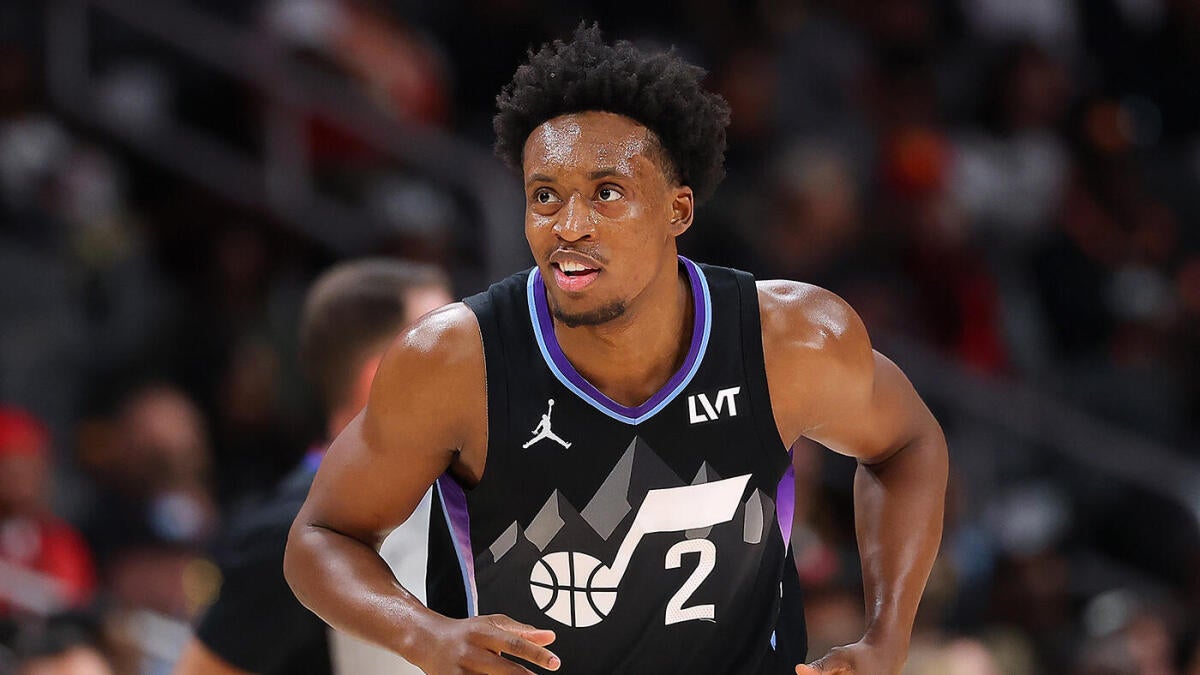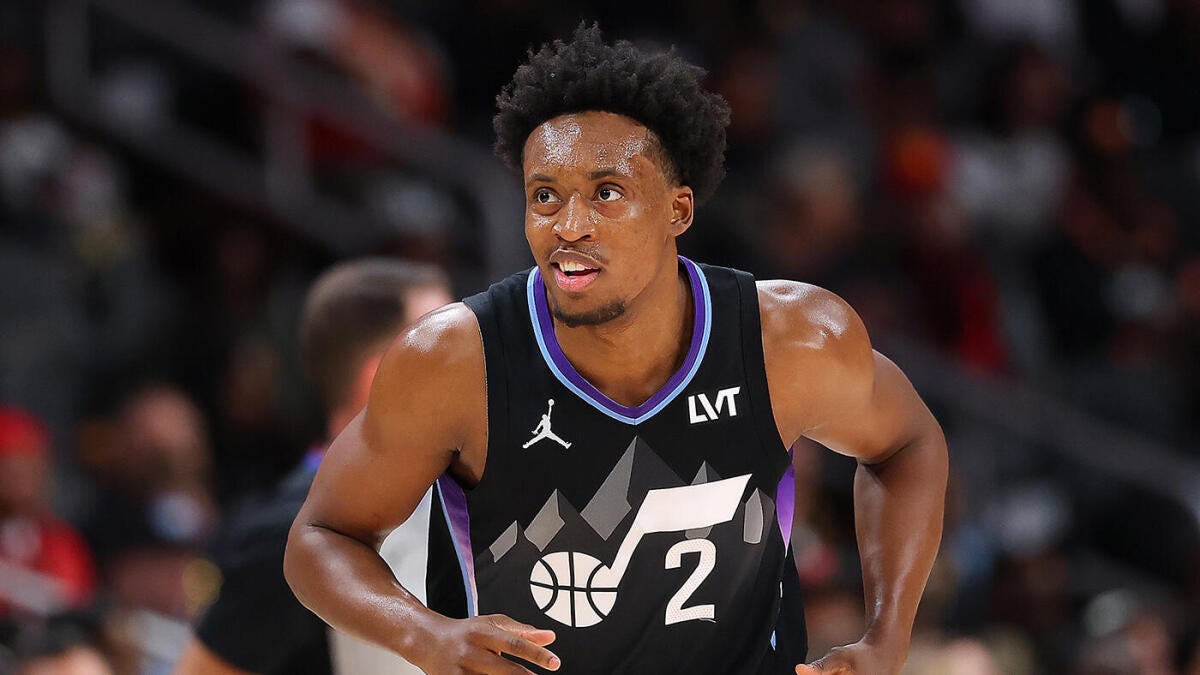The recent trade between the Utah Jazz and Charlotte Hornets, involving Collin Sexton and Jusuf Nurkić, represents a strategic recalibration for both franchises as they navigate the complexities of roster construction and future competitiveness. This exchange, occurring just before the 2025 NBA free agency period, underscores the importance of positional balance, salary cap management, and long-term asset planning in the modern NBA.
The Trade Details and Immediate Impact
The Utah Jazz sent guard Collin Sexton and a future second-round draft pick (reportedly either 2030 or 2031) to the Charlotte Hornets in exchange for center Jusuf Nurkić. Sexton, a 26-year-old guard with a career averaging 18.4 points and 4.2 assists per game in his last season with Utah, brings scoring and toughness to Charlotte’s backcourt. However, his inclusion in the trade suggests that his value across the league was limited, as evidenced by the Jazz needing to attach a draft pick to facilitate the deal.
Nurkić, also 26, is a veteran center with an expiring $19.38 million contract. His addition to the Jazz strengthens their frontcourt alongside young talents like Walker Kessler and Kyle Filipowski, providing size, experience, and interior defense. The trade effectively shifts Utah’s focus toward frontcourt depth while allowing Charlotte to bolster its backcourt scoring.
Strategic Shifts for the Utah Jazz
The Jazz’s decision to trade Sexton reflects a multifaceted strategy aimed at long-term sustainability. By acquiring Nurkić, Utah enhances its frontcourt depth, aligning with the league’s trend toward bigger, more versatile lineups. Nurkić’s expiring contract also grants the Jazz salary cap flexibility, a crucial element as they prepare for free agency and potential further roster adjustments.
Removing Sexton clears playing time for younger guards, particularly the recently drafted Walter Clayton Jr., signaling a shift toward youth development in the backcourt. This move aligns with a probable rebuild or retooling process, emphasizing a balanced and sustainable roster construction. The inclusion of a future second-round pick underscores Utah’s willingness to part with assets to facilitate this strategic pivot, indicating a preference for frontcourt stability over maintaining Sexton’s scoring at guard.
Charlotte Hornets’ Gains and Future Outlook
For the Charlotte Hornets, acquiring Sexton provides an immediate offensive boost. The 26-year-old guard’s scoring ability and experience complement the Hornets’ existing roster, strengthening their backcourt and potentially elevating their competitiveness in the Eastern Conference. The trade also reflects Charlotte’s confidence in Nurkić’s replaceability and their ability to redistribute frontcourt minutes among other roster options.
The draft pick included in the trade further enhances Charlotte’s asset management, providing a future piece that can be developed or used in subsequent trades. This move suggests an aggressive posture from the Hornets, seeking immediate improvement and positioning for playoff contention.
Positional and Salary Considerations
This trade highlights the interplay between salary cap management and positional needs in NBA roster construction. Nurkić’s expiring contract likely made him more tradable for Charlotte, enabling them to acquire a guard of Sexton’s caliber while managing salary cap implications. For Utah, Nurkić’s addition enhances their frontcourt depth, providing defensive presence and physicality in the paint—qualities that may have been lacking last season.
Charlotte, meanwhile, solidifies its backcourt discipline and scoring depth, potentially adapting to a style emphasizing guard-led offense. The trade exemplifies how teams balance present competitiveness with future asset management, demonstrating the dynamic nature of NBA team construction.
Broader Implications for the NBA
As this trade occurs just before free agency, it sets the tone for both franchises’ offseason trajectories. Utah’s pivot toward interior strength and youth development at guard may lead to further moves focused on long-term growth and cap flexibility. Charlotte’s willingness to move a veteran center for a proven perimeter scorer suggests an aggressive approach aimed at immediate improvement and playoff positioning.
This transaction underscores the strategic chess game NBA teams play in the offseason, where balancing present competitiveness with future assets, salary flexibility, and positional fit drives decision-making. The inclusion of future second-round picks highlights the importance of maintaining draft capital as a valuable currency in roster construction.
Conclusion: A Strategic Recalibration
The Collin Sexton-Jusuf Nurkić trade encapsulates the complex decisions NBA teams face in the offseason. For Utah, acquiring a dependable frontcourt presence on an expiring contract while freeing up guard minutes aims to foster a younger core and strategic salary flexibility. For Charlotte, securing an energetic, scoring guard in Sexton injects offensive punch and experience into their backcourt, aligning with a competitive ambition.
Both teams demonstrate a keen awareness of their roster composition, developmental timelines, and financial frameworks. This trade not only addresses immediate roster needs but also influences each franchise’s identity and direction in the evolving NBA landscape. As the offseason unfolds, the impacts of this swap will reveal themselves in how each team integrates these pieces and competes in the seasons ahead. The move reflects a broader trend in the league, where teams must carefully balance short-term wins with long-term sustainability to remain competitive in an ever-changing environment.












